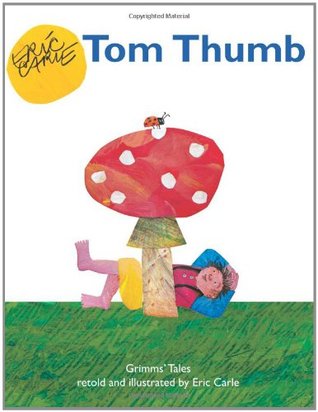Ancient Psychedelia: Alien Gods & Mushroom Goddesses
Online Book - Chapter 22, Page 432
Back to Online Book Mainpage / Next Page (Chapter 22, Page 433)
| Then little Red Cap asks the famous questions and the last one: “Oh, grandmother, what a horribly big mouth you have!’ ‘All the better to eat you with!’ The wolf had scarcely finished speaking when he jumped from the bed with a single leap and ate up poor Little Red Cap. As soon as the wolf had satisfied his desires, he climbed back into bed, fell asleep, and began to snore very loudly.” A common experience for amanita-eaters is to be overcome with drowsiness, fall asleep, and then awaken to the immersive entheogenic trip. Then a hunter is passing by and enters the home and sees the wolf. About to shoot it he realizes the grandmother might be inside him and need rescuing: “So instead of shooting, he took a pair of scissors and began to cut open the wolf's belly. After a few cuts he saw the red cap shining through, and after a few more cuts the girl jumped out, crying, ‘Oh, I was so frightened! It was so dark inside the wolf's body!’ The moral of the story for Red Cap was when “Little Red Cap thought, “As long as I live, I will never leave the path and run off into the woods by myself if mother tells me not to.” Basically, this implies that strange things happen when you leave the straight and narrow path. The woods represent the transit phase to the “otherworld.” And what is also notable is how grandma’s house resides under an oak and hazel tree. That is where the amanitas grow, of course, under the oak, and then again, hazel nuts and the Salmon of Knowledge. The Young Slave “The Young Slave” was first published in 1634 in The Pentamerone. The translation from which I extracted was published by Benedetto Croce in 1932. The Young Slave tells the story of a young unmarried sister who liked to go play by jumping over roses in the garden with her siblings. One day they played a game to win a prize and when this little girl won, a petal fell to the ground anyways, but she caught it and swallowed it before the other girls could see this. According to the story, “no less than three days later she became pregnant” and being worried because she had done nothing compromising, she ran to her fairy friends to ask them what has happened. They consoled her and told her not to worry, it was just the rose petal she swallowed. Fearing public reprisal and shame she had the baby in a bush, and it was a lovely little girl they named Lisa and she gave her to the fairies to care for her. By accident, one of them carelessly tripped and burst out a curse that the little one Lisa would perish in seven years. Already we have a similarity with the David of Sassoun myth of the Princess who gets pregnant from drinking from the stream and has shame over the loss of her virginity. |
She was doomed to die and near her death her mother buried her in seven caskets made from crystal and locked in a room in her home and her brother was given the key with a promise given by him to never open the door to the room and use the key. One day though, after the brother had taken a new wife, he left for a hunting party and caused his wife to promise not to enter the room and use the key. Her curiosity got the best of her, she opened the room, saw the woman through the crystal casket and being seized with jealousy, broke it open and started at her. When the husband came back from the trip he saw his wife in the throws with the woman and she explained to him that this was a slave girl sent by his aunt and that she had no use but to be beaten as a slave and used. Once again, we have the rose petal representing the mushroom, causing her to become “pregnant” not with a real child, but a fairy child. This is the kind of birth which can be taken away, or perhaps falls perfectly into the category of the incubus who impregnates the women then steals the child before birth, the same thing fairies were blamed for.  (90e) Tom Thumb. Illustrated by Eric Carle. 2011 Tom Thumb The first published story of Tom Thumb appeared in 1621 as the History of Tom Thumb, written by Richard Johnson. According to the story, Merlin, who could take any shape he pleased, was going about the countryside as a poor beggar and stopped at a home of a modest and unhappy, childless couple. He was so amused at the woman’s request to have a child, “even if he was only the size of a thumb” that that he felt compelled to grant her wish. The queen of the fairies visited him as a newborn and granted him the name Tom Thumb. Now, I’m going to merge it with the Grimm version here because it has a far more interesting cow scene. The significant point in the King Arthur version is that it is a “red cow’s” mouth he falls out of, but this version is far more illustrative of the mushroom theme. |
Go Back to Page 431